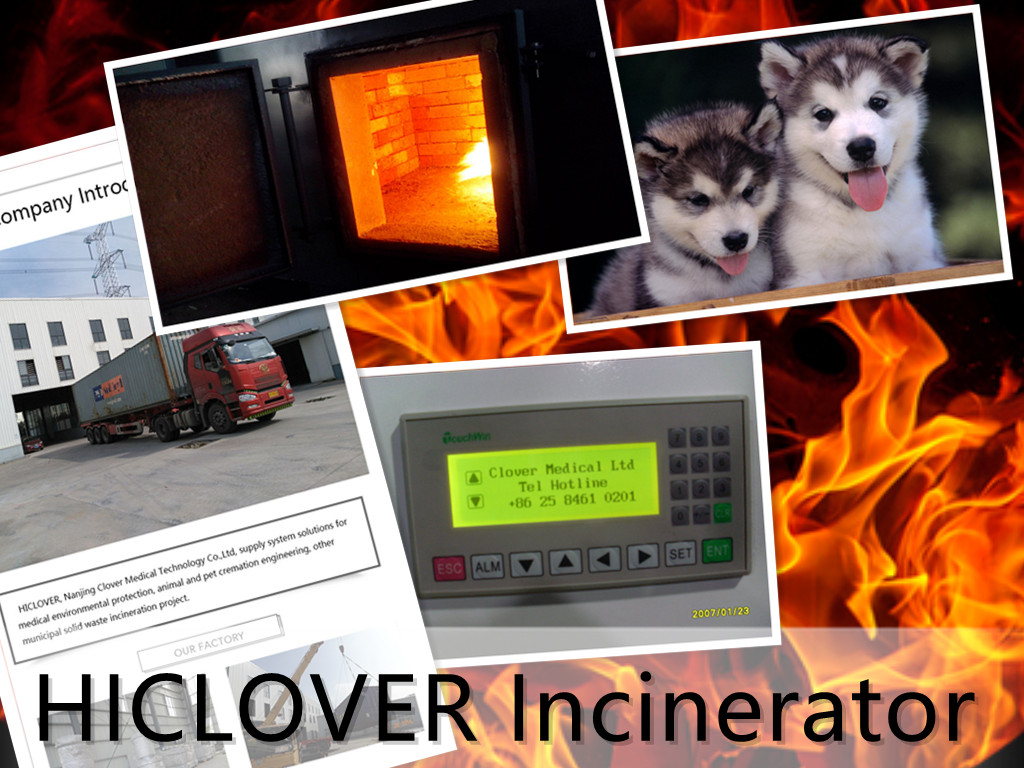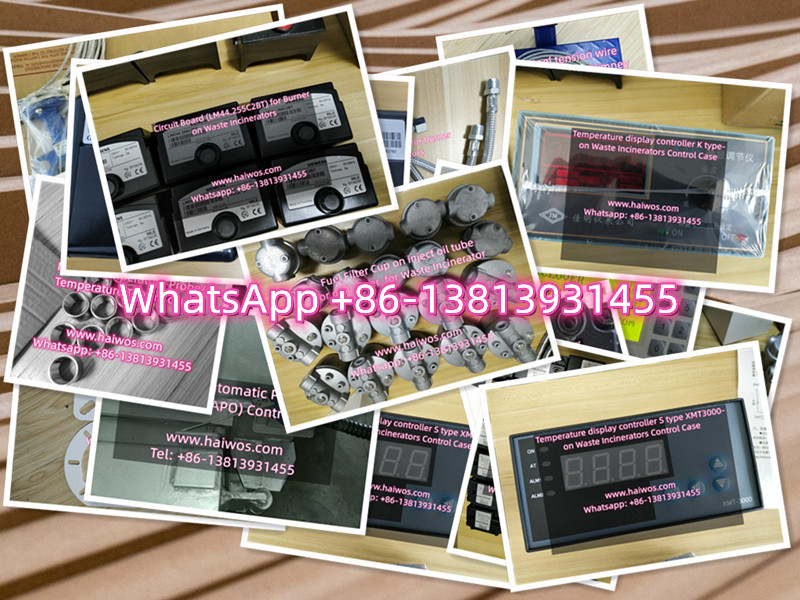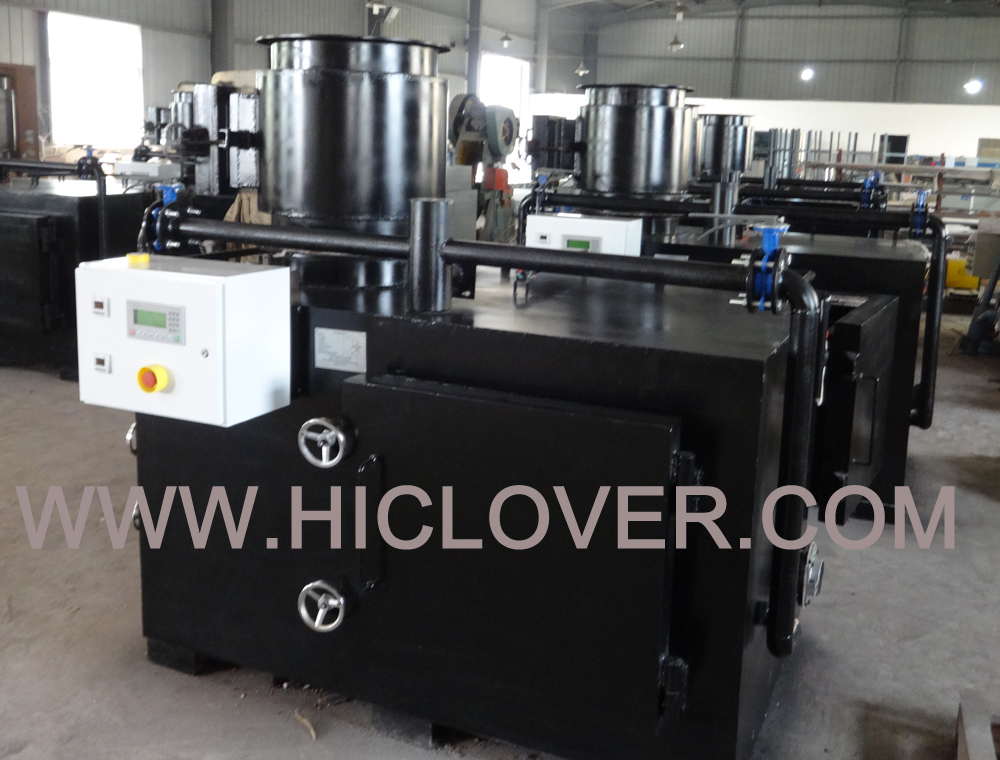Waste management is a critical issue that every country faces. As the population grows and consumption increases, we are generating more waste than ever before, leading to the need for effective waste management solutions. One such solution is incineration, a process that converts waste into energy. The design and planning of incineration plants require precision and careful consideration to ensure optimal functionality and efficiency. This is where SketchUp, a 3D modeling software, plays a crucial role in visualizing waste management solutions, particularly in the design of incinerator facilities.
Incinerator design is a complex process that involves various elements such as spatial planning, equipment placement, air flow management, and safety considerations. With SketchUp, designers and engineers can create detailed 3D models of the incinerator facility, allowing them to visualize the entire layout and identify potential design flaws or inefficiencies before actual construction begins. This saves time and resources by enabling the design team to make necessary adjustments and improvements early in the planning stages.
One of the key advantages of using SketchUp in incinerator design is its ability to create accurate and realistic 3D renderings. This allows designers to visualize the entire waste management process, from the arrival of waste materials to the incineration process and the production of energy. By being able to see the entire process in 3D, designers can make better-informed decisions about the layout and design of the facility, ensuring optimal functionality and efficiency.
Additionally, SketchUp allows designers to create interactive 3D models that can be easily shared and reviewed by stakeholders, including government officials, environmental agencies, and community members. This facilitates better communication and collaboration among all parties involved in the waste management project, ensuring that everyone is on the same page and that the facility meets all necessary requirements and regulations.
Furthermore, SketchUp offers a wide range of plugins and extensions that can enhance the functionality of the software for waste management design. For example, designers can use plugins to simulate airflow within the incinerator facility, allowing them to optimize the ventilation system for maximum efficiency and safety. Other plugins can calculate the energy output of the incinerator based on the waste input, helping to ensure that the facility is generating as much energy as possible from the waste materials.
Overall, SketchUp plays a crucial role in visualizing waste management solutions, particularly in the design of incinerator facilities. Its ability to create accurate and realistic 3D models, facilitate collaboration among stakeholders, and provide tools for optimization makes it an invaluable tool for waste management professionals. As the demand for waste management solutions continues to grow, it is clear that SketchUp will remain an essential tool in creating efficient and sustainable waste management facilities.



